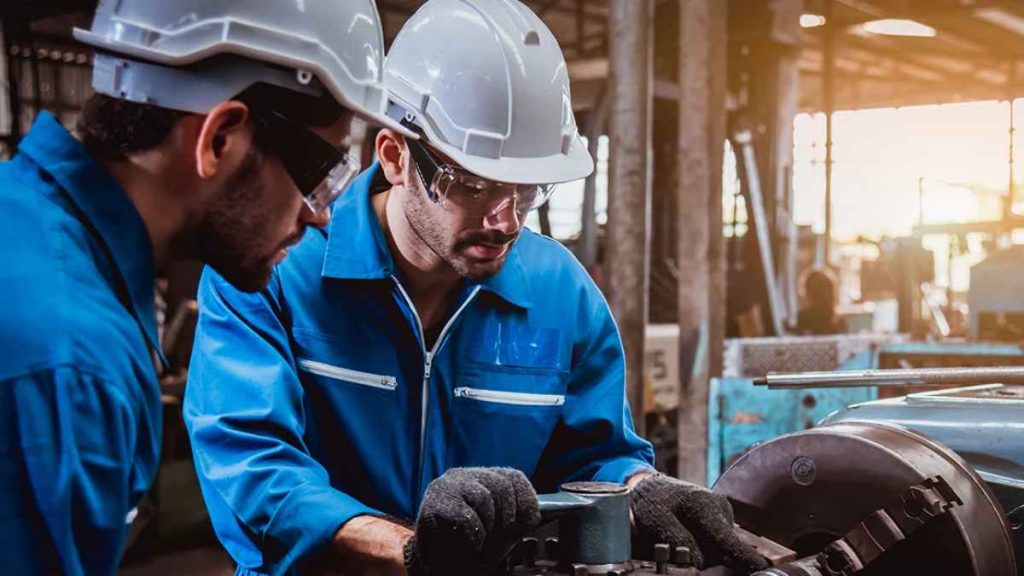There are inherent risks associated with the handling and production of chemicals in manufacturing plants around the world. The substances that are being produced may pose a direct risk to human health if workers are exposed to them (if they are inhaled or they come into contact with skin), and various chemicals may be flammable if not stored or handled correctly.
There is a duty of care for all chemical manufacturing firms to ensure that staff are protected from the risks posed by hazardous chemicals and that all reasonable steps are taken to protect worker health and safety. Many people will still remember the Bhopal disaster in 1984, which is recognized as one of the worst industrial incidents in history. Here, there was a release of the toxic gas methyl isocyanate, which was used to create pesticides. The gas was released into the local environment, and it is estimated that over 570,000 people were injured because of the accident. Thankfully, such events are extremely rare, and in part, this is due to a range of safety processes in such industries.
In this article some key ways in which safety is improved in chemical manufacturing businesses will be explored.
Installation of custom pipe fittings
In any factory or industrial building that processes chemicals, the substances will need to be moved from one part of the plant to another. Often, a series of pipes are used to facilitate this process to ensure that the substances are not released into the working environment.
Many chemical companies will use bespoke sanitary pipe fittings that are designed for the specific chemicals that are being transported. It is common to use stainless steel pipes and fittings for a wide range of chemicals. This metal alloy is highly resistant to corrosion and is easy to clean. Often, pipework is modular in design so that parts of the line can be taken apart when inspections need to take place.
In short, custom pipework and fittings ensure the safe transfer of potentially hazardous chemicals whilst allowing inspections and maintenance to take place on the lines.
Removing humans from inspection processes
In many chemical firms, there is a need for routine inspections to take place. These ensure that all equipment is operating correctly and efficiently, whilst allowing staff to determine when maintenance work or the replacement of component are needed.
Traditionally, a human worker would undertake these tasks and may have been required to work from height or operate in a potentially hazardous environment; however, in recent years the use of drones in the chemical industry has become more commonplace. This new technology now plays a key role in many inspection processes. Drones can check for gas or chemical leaks without exposing a human operative to a potentially unsafe environment. They also remove the need for staff to work from a great height when inspecting industrial structures, which reduces the risk of the workforce suffering injuries resulting from falls.
To sum up
Chemical businesses rely on custom-made pipework that is designed to handle the safe transfer of chemicals and can be cleaned and maintained effectively. In addition, drones are increasingly being used in such industries for inspection and monitoring tasks to remove human operatives from potentially dangerous environments.

